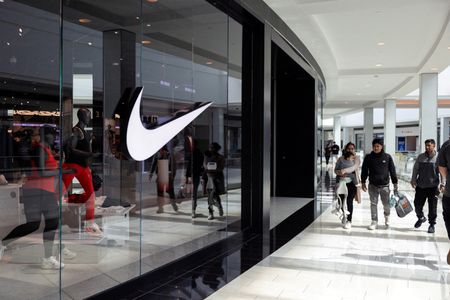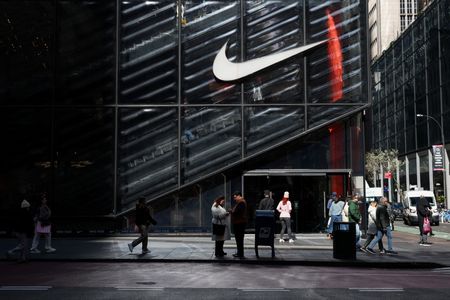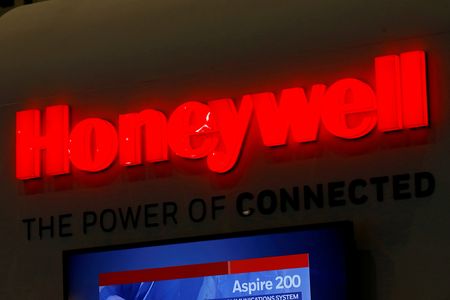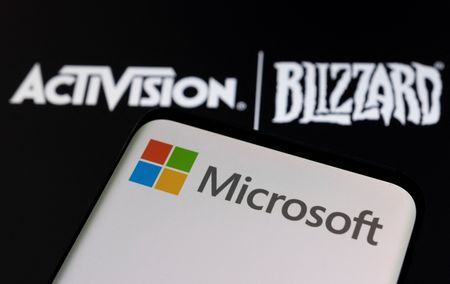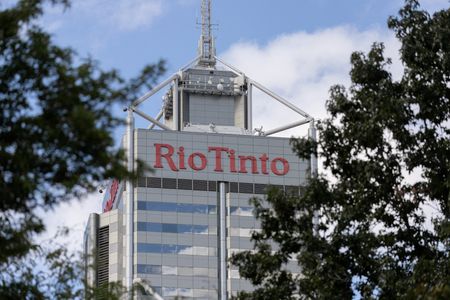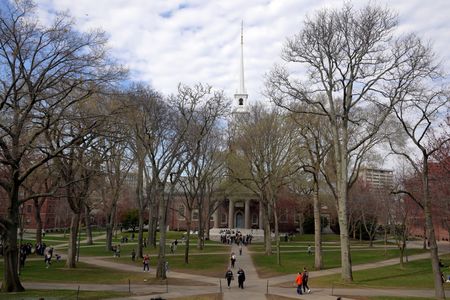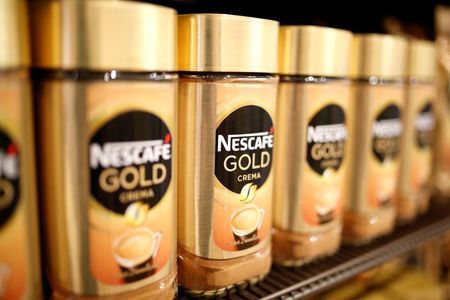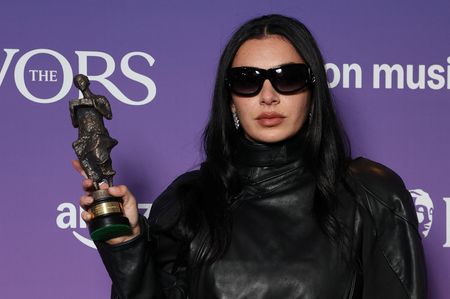By Helen Reid
LONDON (Reuters) -Adidas and Puma are likely to hike prices for running shoes and sportswear in the United States, following Nike’s lead, analysts and investors said on Thursday, as U.S. tariffs on imports drive costs up for retailers.
Nike on Wednesday said it would raise prices next week, charging up to $10 more for shoes currently costing more than $150, while keeping prices stable for products under $100. It is the biggest sportswear company by sales and market cap.
“That was the moment Adidas and Puma were waiting for,” said Robert Krankowski, sporting goods analyst at UBS.
Both German sportswear brands recently said they would not be the first movers in raising prices, instead waiting to see what rivals do.
“We should probably expect a similar decision from both Adidas and Puma because … this is not Nike-specific, it is an industry issue. Everyone will be impacted by the tariffs,” Krankowski added.
U.S. President Donald Trump has imposed a blanket 10% tariff on all imports, and hit China with a higher tariff of 30%. More worrying for sportswear brands, the key footwear and clothing manufacturing hub of Vietnam faces the threat of a steep 46% tariff returning in July.
Nike described the announced price increases as part of its normal seasonal planning, without mentioning tariffs.
Puma said on Thursday it is in talks with its U.S. partners but has not decided whether or how it would adjust prices. Adidas did not immediately reply to a request for comment on its pricing plans.
“Historically, when the leading brand adjusts its prices, competitors tend to follow suit shortly thereafter,” said Federico Borin, an analyst at Janus Henderson.
How high other brands raise prices will depend on their assessments of U.S. shoppers’ willingness to pay, which varies based on how in-demand their sneakers or running shoes are.
Adidas, which has enjoyed a surge in sales thanks to trendy vintage shoes such as the $100 Samba and $120 Gazelle, could easily raise prices, said Simon Jaeger, portfolio manager at Flossbach von Storch in Cologne, Germany, which holds shares in Adidas and Nike.
Nike’s price increases are relatively modest, Jaeger added, but “what concerns me more is that the U.S. consumer in general is not as strong as a couple of years ago.”
U.S. consumer sentiment slumped further in May while one-year inflation expectations surged, according to the University of Michigan Surveys of Consumers on Friday.
Given weaker demand, sportswear brands will have to carefully manage their inventories at retailers, Jaeger said, to avoid oversupplying and being forced to discount.
Puma, whose sales in the U.S. have been slowing, may have less room to hike prices than Adidas, said UBS’ Krankowski.
Puma has said it aims to sell 4 million to 6 million pairs of its $100 Formula 1-inspired Speedcat sneaker this year but sales have been slower than expected, raising the question of whether it should hike the shoe’s price.
“Puma doesn’t have a massive first-mover advantage because the other brands are taking more momentum,” Krankowski said.
More expensive brands are also adapting as Nike hikes prices.
Running-focused On, whose adult sneakers sell for $130 and up, plans to increase prices in July on certain products in the U.S., saying this is part of its ambition to be the “most premium” global sportswear brand and not a reaction to tariffs.
(Reporting by Helen ReidEditing by Rod Nickel)

